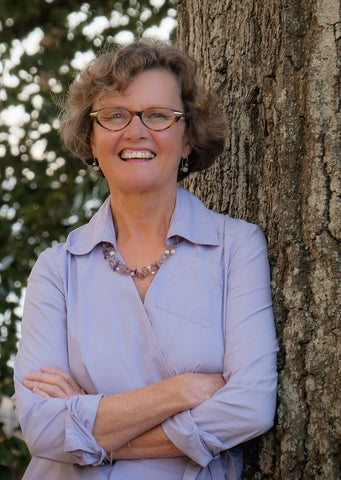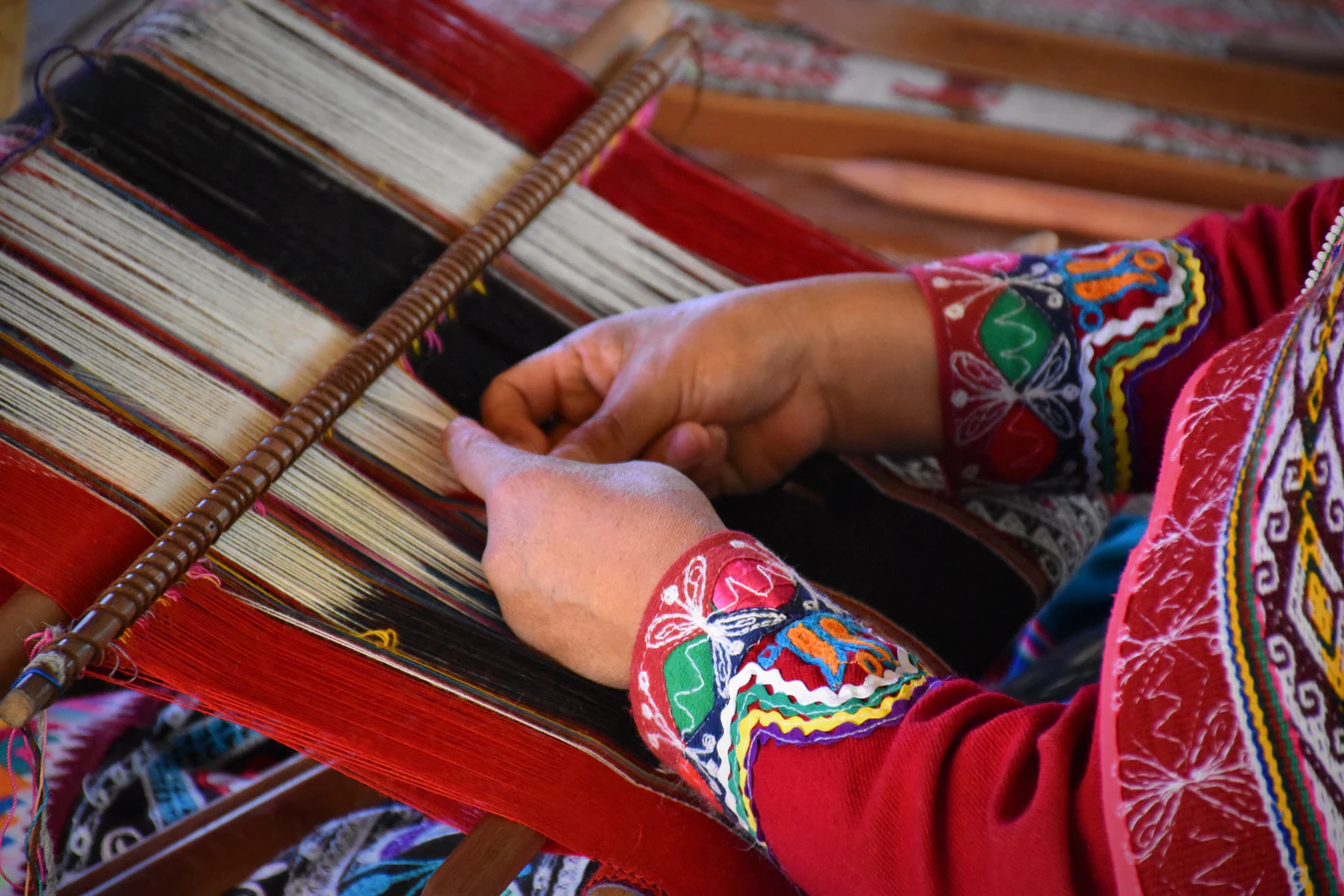Ciao, Fabulistas!
A resolution we can all commit to is sustainability, which begins at home with lifestyle choices big and small. With climate change, deforestation and pollution at the forefront of our community’s hearts and minds, now is the time to think green. Of course, it’s easier than ever to create beautiful spaces that are also eco-friendly! Thinking sustainably is the key to creating a gracious, planet-friendly home.

Whether you’re already a sustainability maven, or are just beginning to green-up your home and lifestyle, I have the perfect expert to guide you through the process. Susan Inglis is the executive director of the Sustainable Furnishings Council , an organization she co-founded in 2006 which she continues to manage with passion. She’s led the SFC to work with industry leaders to establish criteria that gauges the sustainability of furniture production and practices. Susan is also my Resident Expert in Sustainable Design . In this conversation you’ll learn all about Susan, what inspires her practice, and what motivates her to lead designers and consumers in creating a greener planet.

The Roots of Sustainability
Robin: Hi Susan! Thanks so much for chatting with me about sustainable design practices!
Susan : Hi Robin. It’s my absolute pleasure.
Robin: I want to start by asking what attracted you to sustainable design?
Susan: It was the formation of the Sustainable Furnishings Council that drew me towards sustainable design. Geronimo “Gerry” Cooklin, aka, “the man with a big idea,” called a meeting fifteen years ago— he was a furniture manufacturer in Peru, and he had done a lot to green up his operations. He had the idea of bringing the conversation to the whole industry so that it might be more impactful. The furnishings industry, while small, is very impactful—it has a large environmental footprint for its size.

So I heard about this meeting, which was taking place in his showroom, and I showed up. At that point I was working with artisans around the world to get their skills and products to new markets. I was doing a lot of product development, making connections…especially to the residential furnishings market. It occurred to me that getting involved in this new conversation, what would become a new organization, would be good for my business (then called From the Mountain). My reason for having that business was my personal concern for artisans and craftsmen working in handcraft traditions that have evolved in harmony with their local ecosystems.
Robin: Oh that’s just fascinating! What motivated you to pursue it as a career? Was there one thing in particular?
Susan: This day and age, business is very far from harmonious with the ecosystem. Knowing that, it occurred to me that this organization, Sustainable Furnishings Council, had a lot of potential to affect positive change in the interior design and home furnishings industry. I learned at that initial meeting that the residential furnishings industry valued around eighty billion dollars at retail, and I thought that it was a manageable number to make a transformation. Of course, I had no idea how fast moving the industry was (and is!), how many moving parts there are…it was not nearly as simple as I had thought. So that’s how I got involved with the Sustainable Furnishings Council. It did happen to help my business, but beyond that I gained another focus. Eventually SFC became my primary focus. The opportunity for industry transformation is what attracted me.
How Experts are Made
Robin: I like to ask all of my resident experts: What did it take for you to become an expert in sustainable design? How has your learning evolved over time?
Susan: When I first started, I did understand a lot of what was going on because of my background in environmental stewardship. My university degree is in anthropology, so that helped with the work of transformation more than with the specifics of sustainable design. I understood about forests, and learned that the furnishings industry stands third in the usage of wood resources after the construction industry and the paper manufacturing industry. I acknowledged the impact that we could be having on the environment and learned the importance of choosing wood carefully. Of course, I learned a lot on the job itself.

While working with artisans, I handled products that avoided the use of harmful chemicals. Most of the chemicals used in the residential furnishings industry which harm our health and planet are not used in artisan enterprises. These are mass production chemicals. As a steward, I understood about reducing carbon emissions and the environmental footprint. Much of what I know today was a learning process since I began this work fifteen years ago. As a matter of fact, any consumer, designer, manufacturer or supplier wanting to green up their homes or practices can learn to do it on the job. It is about taking one step at time.
A Day in the Life of a Sustainable Director
Robin: Can you tell me a bit about your role at Sustainable Furnishings Council?
Susan: I’m the director of Sustainable Furnishings Council, I spend all my time here (chuckles). I am interested in making sure that the 400+ members of the organization are in action to reduce their environmental footprint, and are getting all the support they need from us to be able to do that. I’m constantly asking questions about what kind of resources, information and guidance is needed. I work to provide members with all of that. When they are accomplishing great things, I help them celebrate that by making it known on social media. I provide an SFC member seal for all their marketing assets as it is a well respected seal, and I want them to make good use of it. That is my main responsibility.
Our organization is 501-C3. We are a non-profit organization that is not member based. It is through that organization that we do a lot of education—especially for the interior design industry. Many interior designers and consumers take advantage of our educational programs, and we do that mostly with our monthly webinar series. Making sure that they are well organized and well presented is also a part of my job. I teach a certificate program called Green Leaders— it’s offered online as a recorded course, and it is quite popular.
Robin: The work you do must be so fulfilling on so many levels. What is the most satisfying part of your job?
Susan: It definitely is, Robin. I think that having people in various companies— suppliers of materials, manufacturers of products, stores, interior designers and the big conservation organizations like the World Wildlife Fund, engaging with us brings me immense satisfaction. Having a store ask a question, get some advice, and follow it; having someone take the certificate course and make use of it to create healthier environments…that is what excites me the most.
A Greener Path Forward

What an amazing conversation! I love Susan’s passion, and I think we could all learn from her conviction and mission. I really resonate with Susan’s take on the “step by step” process of sustainability. Rome wasn’t built in a day, and sustainability is a daily practice. In my next interview with Susan we discuss the true meaning of sustainable design, and how it indeed can be inexpensive, accessible, and fun!
XOXO,
Robin
Shop Susan’s Favorites







